Dewa Sanzan - Yamagata
| Travel Reports by mfedley | view profile of mfedley |
| previous post |
| next post |
| Note: The opinions and views expressed in this user report are those of the individual author and do not necessarily reflect the opinions and views of japan-guide.com. |
June 21, 2015 - Dewa Sanzan - Yamagata
Dewa Sanzan consists of three shrines found at the top of three different mountains (Haguro-san, Gas-san & Yudono-san). They have been spiritual to the local population for over 1000 years and have long been a place of worship. For today, I visited two of the three shrines (Haguro & Yudono) as Gas-san's road is still closed until June 25th.
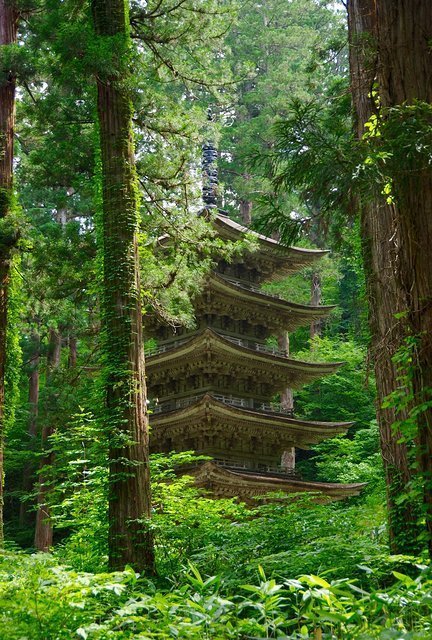
For my first stop today, I walked to Haguro-san shrine as it was within walking distance of my former shuboku lodging. The town around Haguro is roughly 20 minutes by car from Tsuruoka or 30 minutes by bus. Note that this is the most accessible of the three shrines.
The picture above shows my progress of travelling around Japan. If you compare today's map to the last post, you will notice that there are points towards the east of Tsuruoka (up North).
For today, I visited four main sites. They were in order:
(1) Hagoru-san Shrine
(2) Yudono-san Shrine
(3) Dainichibo Temple
(4) Churen-ji Temple
Even though the locations look closely spaced, it takes quite a bit of time to reach each site. For example, it's roughly 40 KM's between the main shrines which takes a bit over an hours drive.

To reach Haguro-san shrine, there are two ways. The first is the more traditional pilgrimage route which is a little over 2 KM's in length and roughly 2,500 stairs (trust me - I counted on the way back!) or to drive. It takes a little over an hour to walk to the main shrine and note that it's mainly uphill but many of the stairs are quite small. There are some slightly challenging sections for those who are not as fit as they should be (such as myself!)
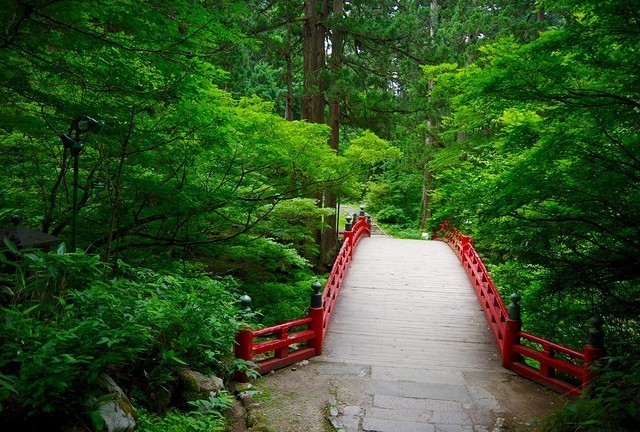
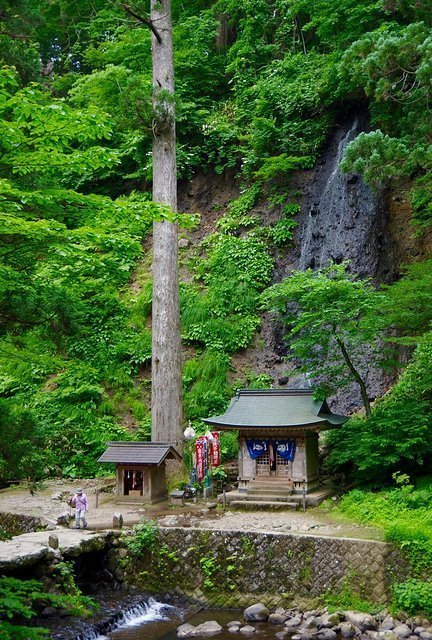
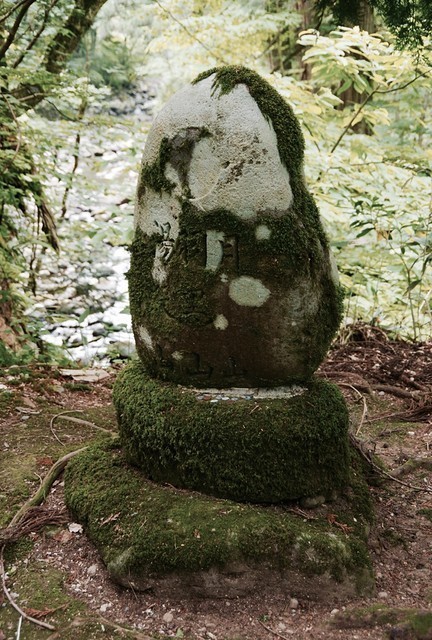

About a 5-10 minute walk to the shrine is the five storied pagoda. One thing I'll say is it's big!
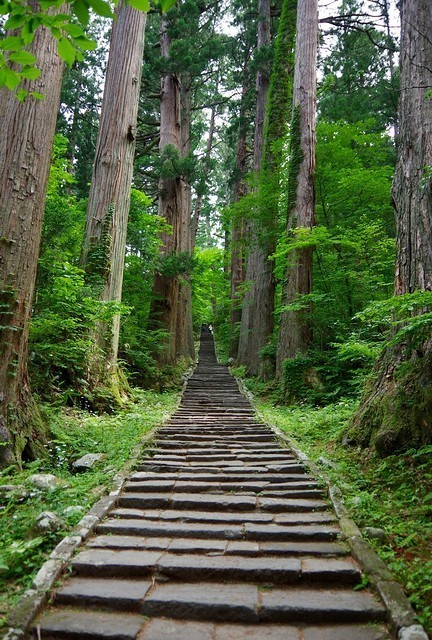
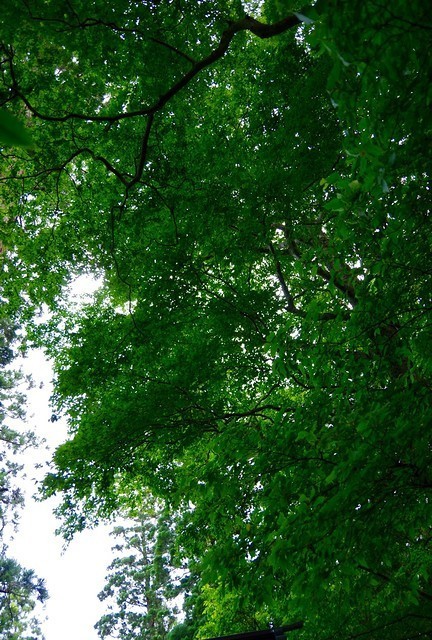
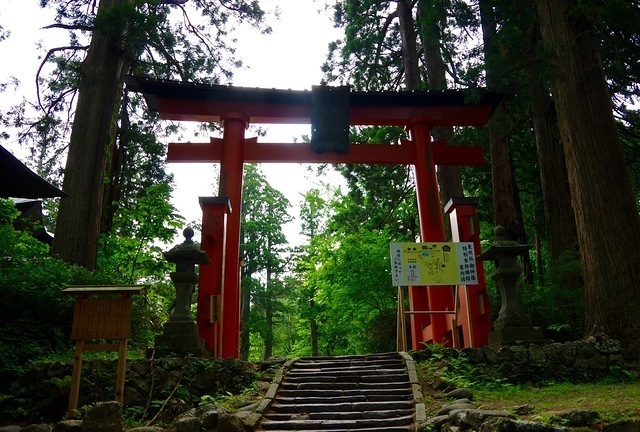

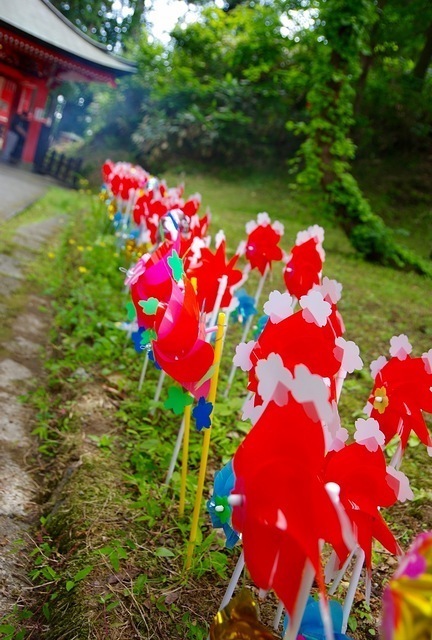
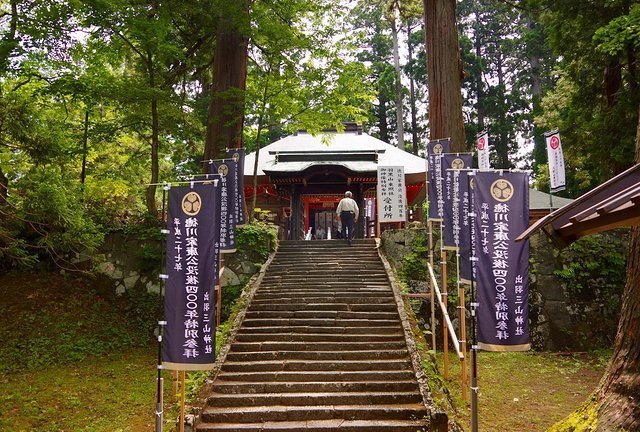
I'm not exactly sure what this small temple/shrine is, but it costs 200 Yen to enter. No photos are allowed in the temple but the priest was quite nice and showed me how to pray to a effigy of someone who looked like Kobo Daishi. For anyone who does not know who he is - he's basically the head honcho of Japanese Shingon Buddhism. Some people may disagree, bit I quite enjoyed the experience.

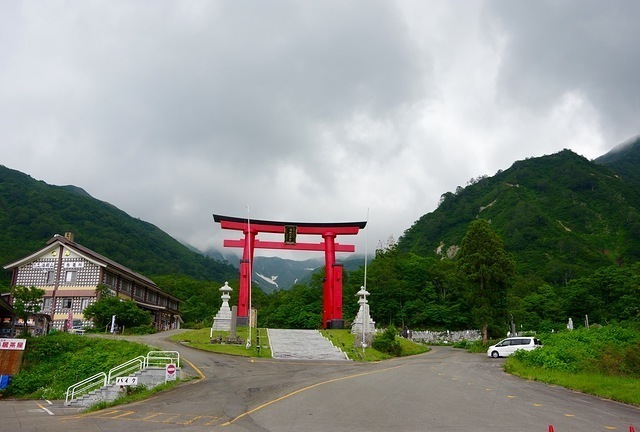
Around 40 KM's or 70 minutes from Haguro-san shrine is Yudono-san shrine which is the most sacred of the three shrines. To get to the top, I had to pay 400 yen for a toll road for my car and then I walked for around 15 minutes to the base of the shrine.
It costs 500 Yen to enter the shrine (a rarity in Japan) and there is strictly no photography allowed. I left my camera in the car just to make it easier.
What happens in the shrine itself should not be talked about (I think) and for those who learn through watching you can quickly understand the different rituals you need to go through by watching a local do them first. Some people call the rituals tacky (I have no idea why), but I really enjoyed coming here.
Do note that the weather can change really quickly up here and it poured on the way down. My biggest suggestion is to take quite a few small denomination coins.
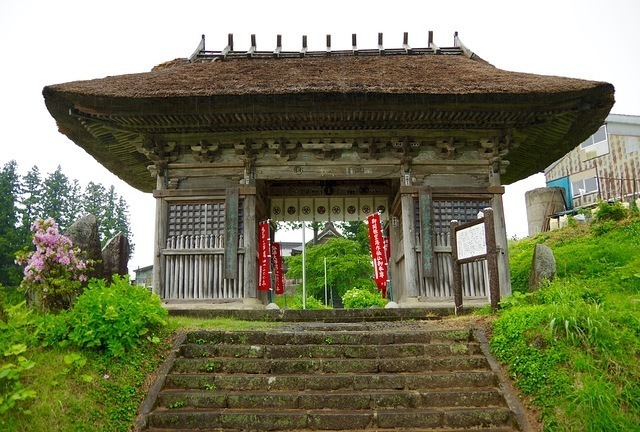
Around 20 KM's or 35 minutes from Yudono-san shrine is Dainichibo temple. When I visited, it was pouring heavily and the main stairs to the entrance seemed to look like a waterfall! But just like the former pilgrims, I persisted and visited this small temple.

This temple costs 500 Yen to enter is is home to one of Japan's mummified buddha's - or people who basically put their body through hell to reach pure enlightenment. Note that no photography is allowed in the temple itself. From memory - I did not actually see the mummified buddha but it's quite nice inside and an old priest talks about the temple in depth. For those who speak Japanese - I would come to this temple. You also get some English translation in the pamphlet.
Warning - tour bus alert!!
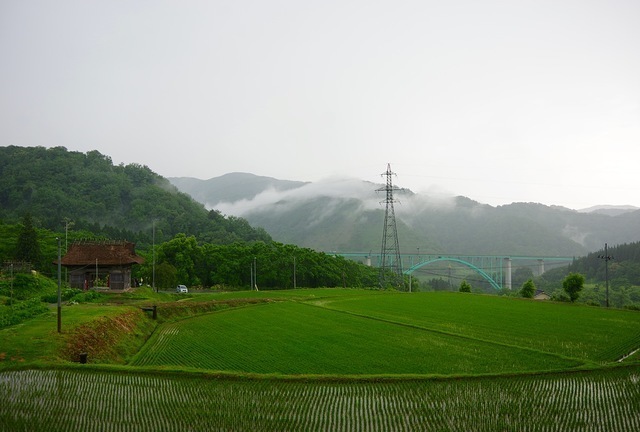
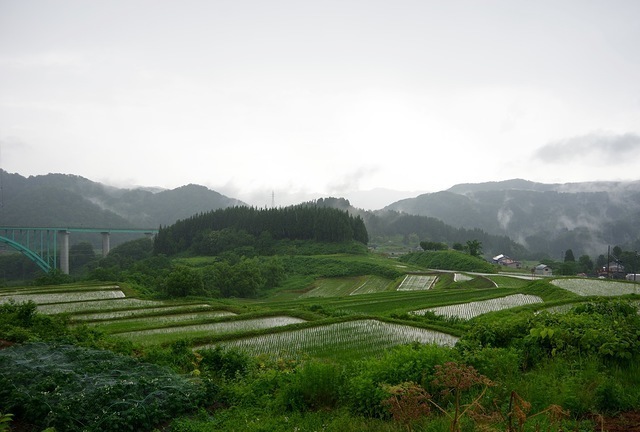
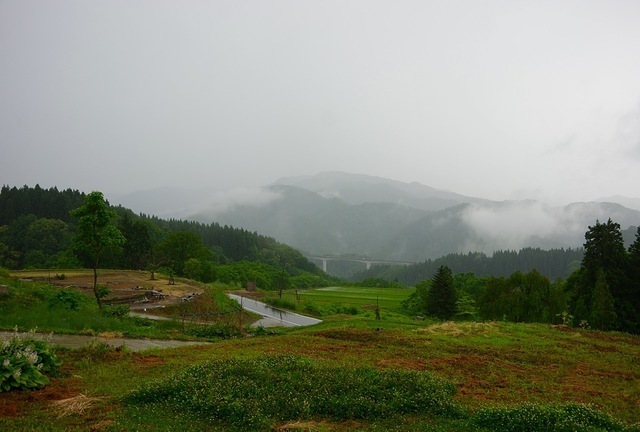
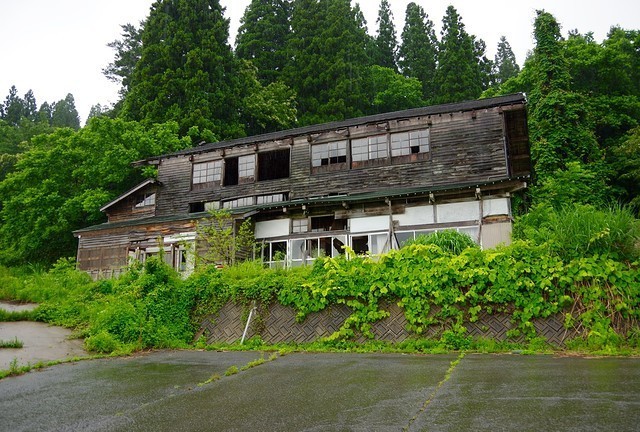
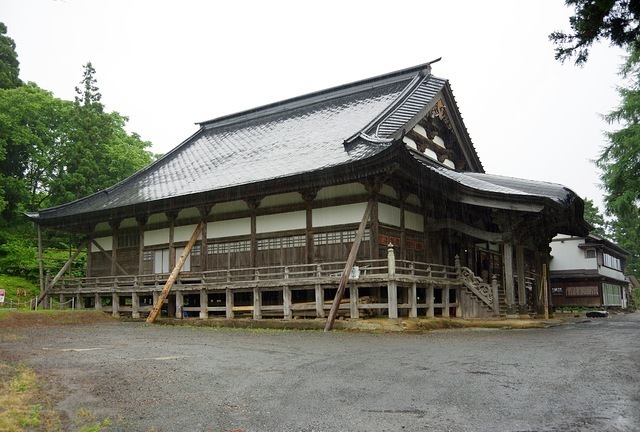
About 2 KM's or a 5 minute drive from the previous temple is Churen-ji temple, another temple with a mummified buddha. Once again, it costs 500 Yen to enter and no photos are allowed inside. For this temple, you actually get to see the mummified buddha and there are some nice paintings on the walls to look at. There is also an English pamphlet which explains in detail what happened at this temple. This is the more English friendly of the two temples. However - I preferred the first temple a little bit more.

Note that it might be possible to get to both temple by bus - but these temples are really out in the middle of no-where. If you really want to see them - then I suggest hiring a car which is really easier than you think.
My biggest hint when hiring a car is to find the phone number of where you are visiting. Put this into the GPS and follow the instructions. It's that easy! For those who are not tech savvy - it's really easy. Press one button, push phone (it's written in English), put in the phone number and it's all good!
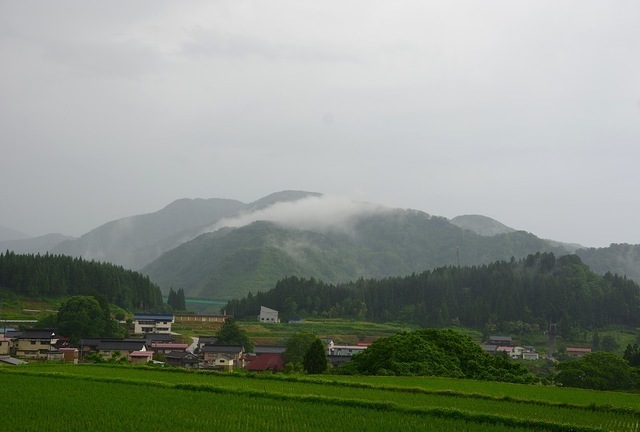
For me, I reasonably enjoyed today with my highlights being Yudono-san shrine and driving around the two temples with the clouds covering the surroundings mountains. It was also good to pass small farms and towns and watch rural life.
In the next few days, I'll be travelling back to Gunma prefecture to visit Kusatsu and Manza onsen. My next posts will probably not be as interesting as the last few days (that's if you found it interesting of course) but I'm really looking forward to it so I can soak all of my worries away in some hot springs.
More Information:
Dainichibo Temple (Japanese): http://dainichibou.or.jp
Churen-ji Temple (Japanese): http://www2.plala.or.jp/sansuirijuku/
Dewa Sanzan Shrines (English): http://www.dewakoku.or.jp/en01/map02-01.html
Dewa Sanzan Shrines (Japanese): http://www.dewasanzan.jp
| previous post |
| next post |
